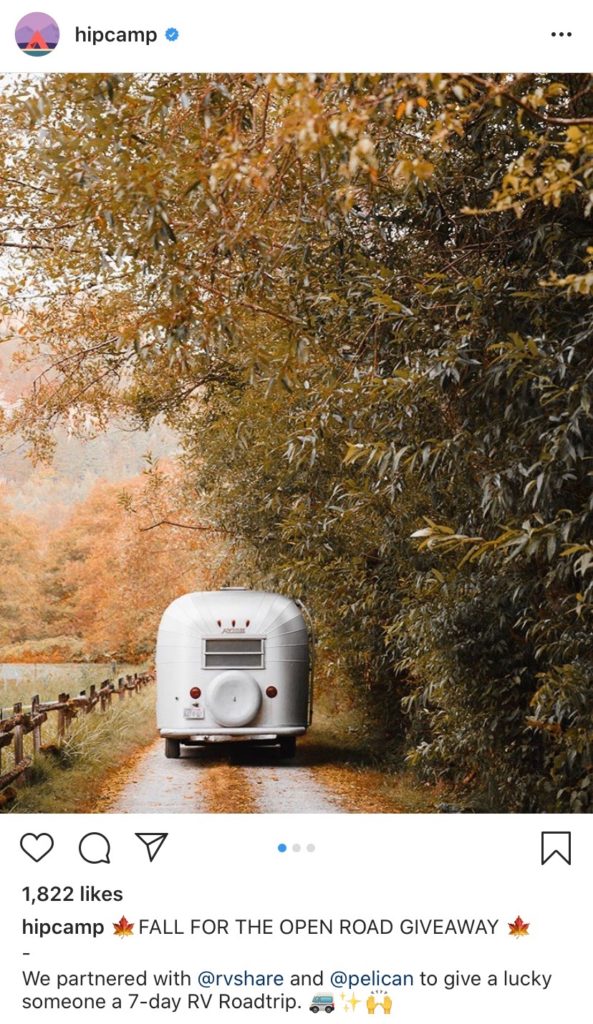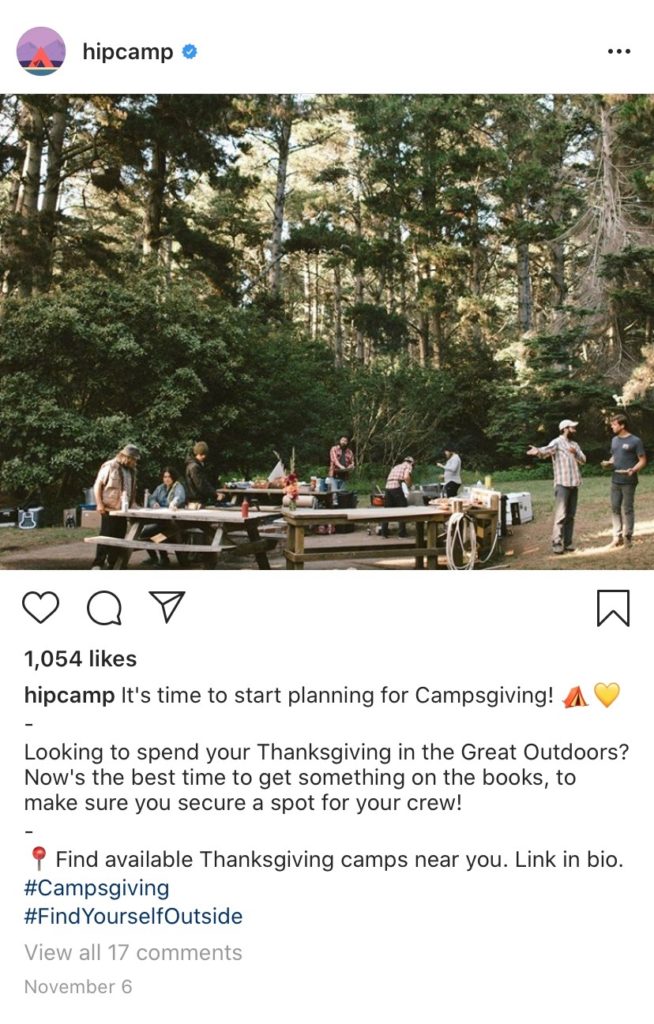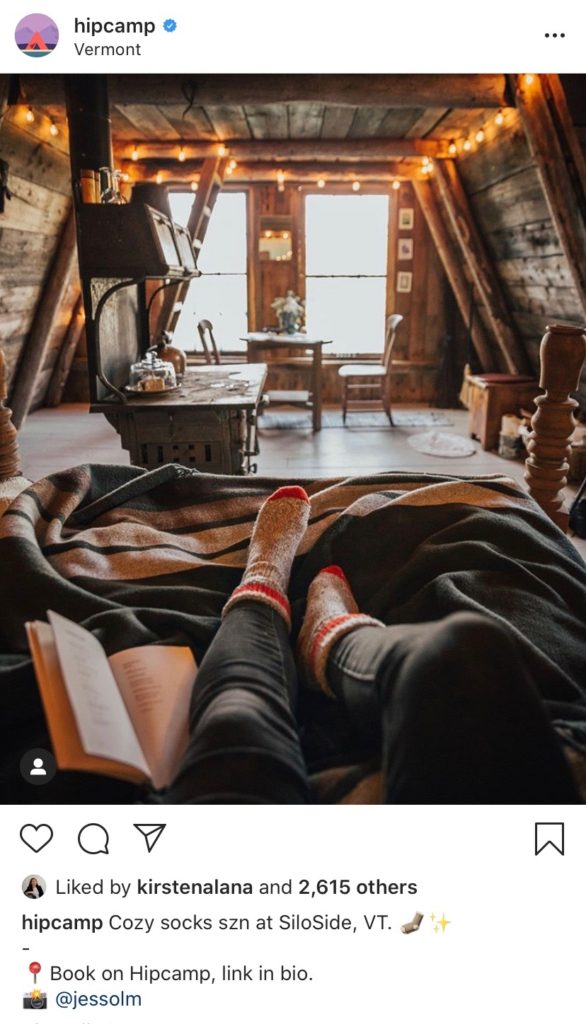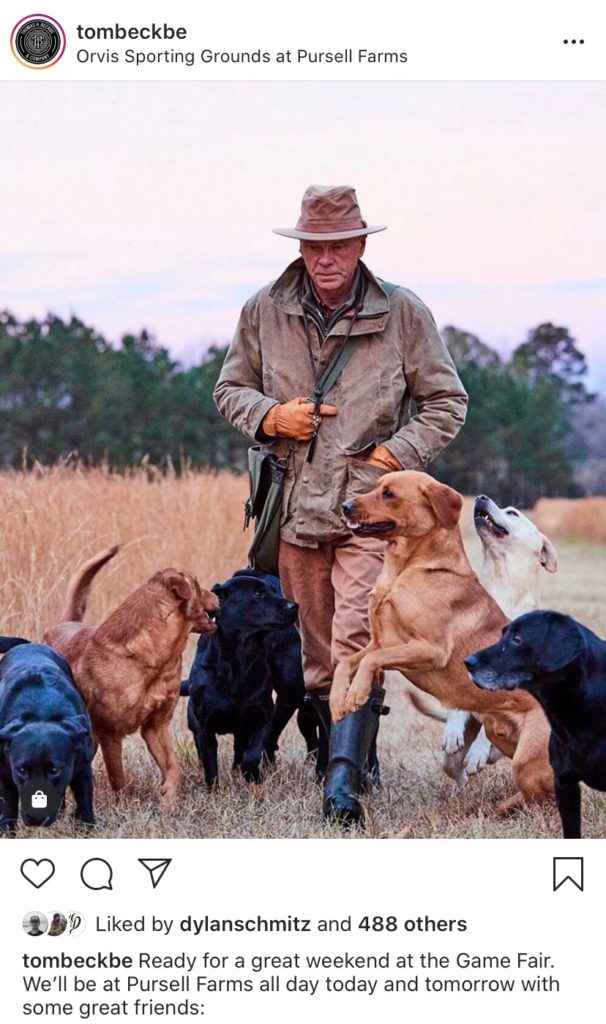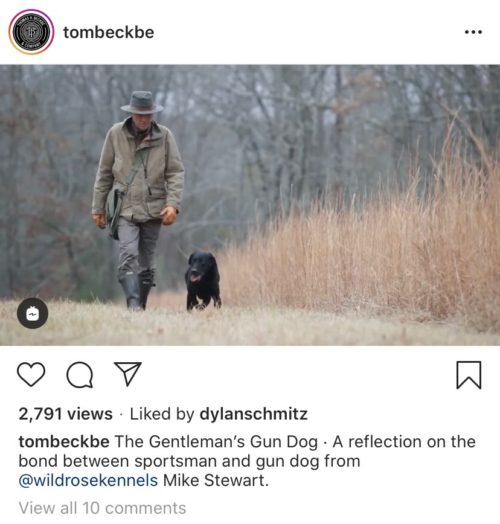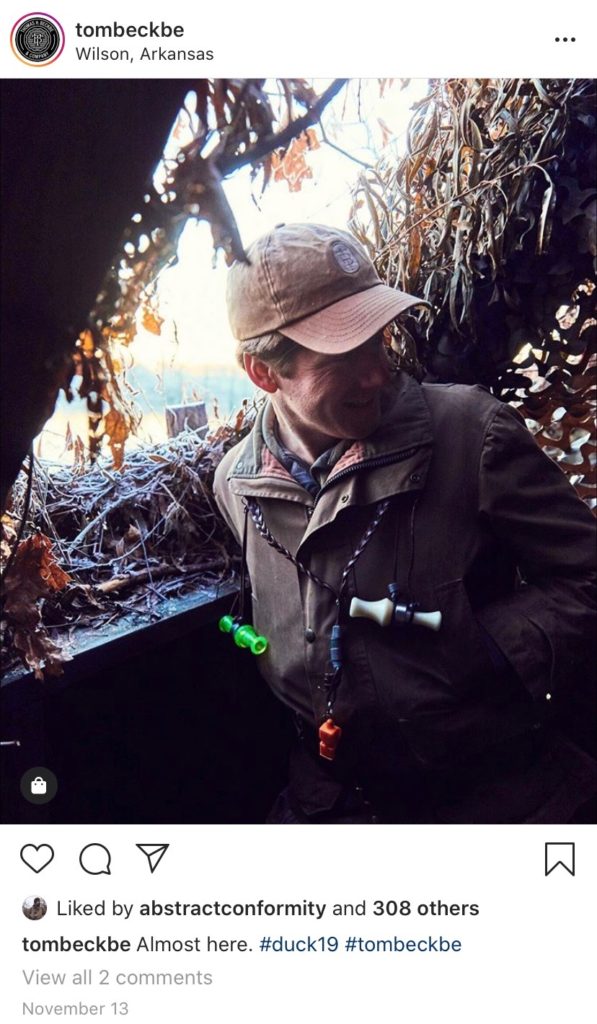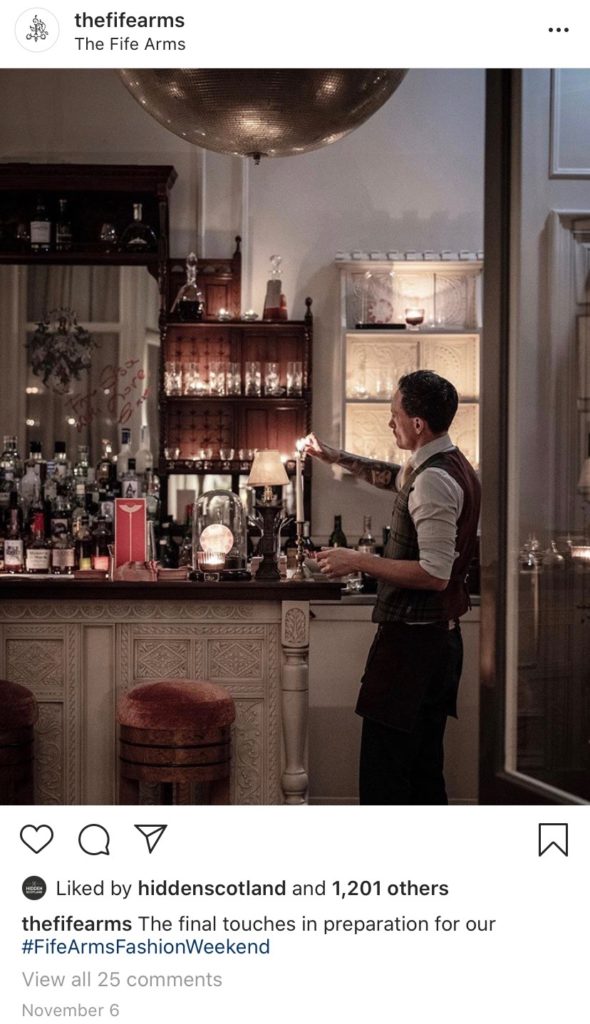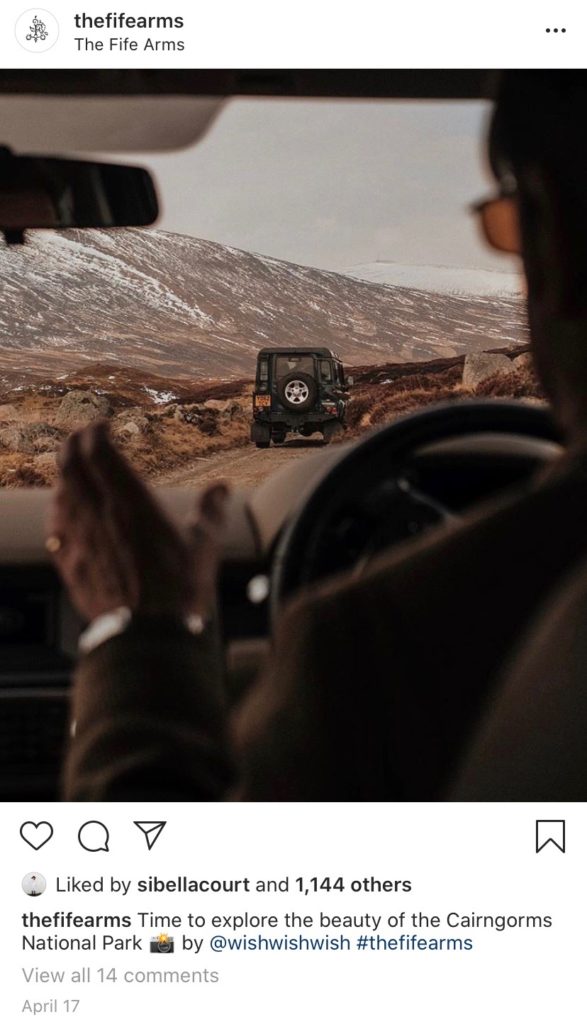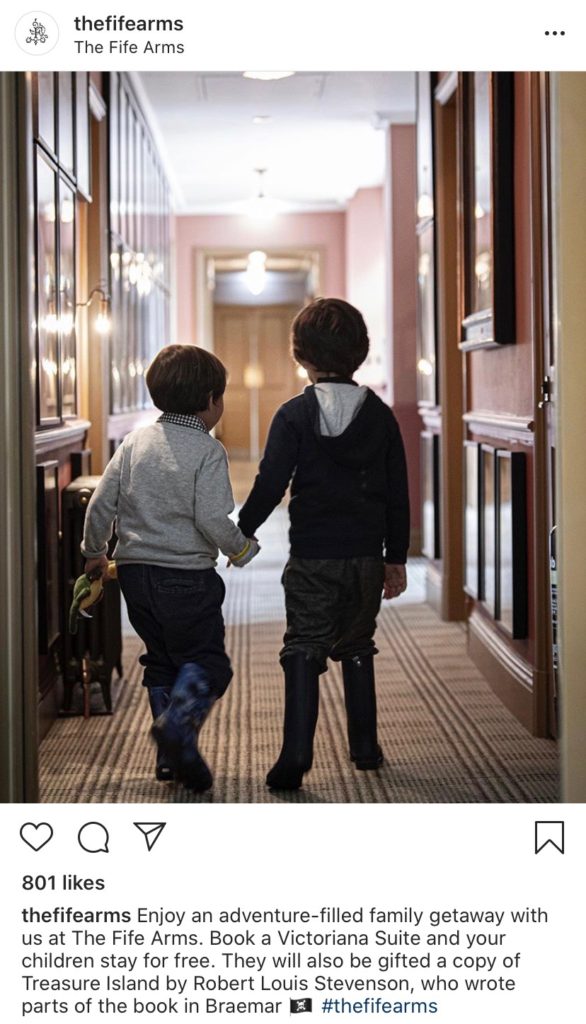It seems like social media platforms are the only channel consumers are paying attention to. Ever feel like posting into the void and no one is there to hear you?
Too often, brands use advertising assets to fill their social media feeds and then wonder why they aren’t seeing the results they were expecting from their social marketing efforts. Well, this is because brands using advertising assets in place of social media content are using a square peg to fill a round hole.
The reason that social content and advertising need to be different is the difference in their application. Advertising content is designed to get across a single message, be seen multiple times, and drive towards a specific action. Sounds like a lot of the boring social media accounts you unfollow, right?
Social content, in contrast, needs to convey a range of messages and brand characteristics, be entertaining and inspiring but not necessarily requiring action, and crucially, must always be new and fresh. So, not only would advertising content be counterproductive when used as social content, but it would be prohibitively expensive to produce considering most social media strategies call for 4 or 5 or more posts each week. But no one reading this has tried that, have they?
So, now that we have established the practical difference between social media content and advertising content, and therefore understand that good social media content cannot be defined by the same criteria as good advertising content, let’s look at what makes good social content.
1. Entertaining
2. Aspirational
3. Actionable
4. Joinable
5. Pay Off
For more specifics on each of these criteria, read our blog post 5 Characteristics of Good Social Media Content.
With those attributes in mind, let’s take a look at a few different types of brands and why their social media marketing is so effective.
A Service App: Hipcamp
Hipcamp is an app that provides a directory of private and public campgrounds available to book around the country. You can find their Facebook, Instagram, and Twitter accounts at these links.
- Entertaining:
Hipcamp knows their audience: mostly-urban, mostly-millennial campers looking to plan the perfect weekend outside. So, that’s what their content looks like. Lots of dogs, lots of glamping, and lots of entertaining content to look at while sitting at your desk dreaming of weekend plans.
- Aspirational:
Anyone who has been camping knows that things don’t always go according to plan. The campers portrayed in Hipcamp’s content, however, always look like they’re pros: the fire is always burning, the cars are always strategically arranged, and the sunsets are always great. If you’re a weekend camper, Hipcamp shows you how to do it right.
- Actionable:
Here’s the great part: their content focuses on UGC from the campsites they list on their app. Some photos are taken by professionals or staff members, but every campsite you see on social media can be booked.
- Joinable:
Again, the power of UGC can’t be overlooked. Not only are Hipcampers a dispersed, content-generating army of customers, but they get psyched (as we all do) when their photo gets reposted on a brand’s social channels. It’s a win-win scenario.
- Pay Off:
The pay off for those who follow Hipcamp is that the brand is curating it’s campsite and showing you what is available on the site. By following along and seeing pictures of the campsite, you can passively come across sites that you wouldn’t find via search, because they might be booked on the specific dates you searched, or just outside your radius, or buried in search results.
A Consumer Products Brand: Tom Beckbe
Tom Beckbe is an Alabama-based clothing company for outdoor enthusiasts. You can find their Facebook, Instagram, and Twitter accounts at these links.
- Entertaining:
Tom Beckbe’s audience is a specific niche and the brand does a great job narrowing in on exactly what their customers are interested in: great products that stand up to the elements, the relationship between hunter and dog, and beautiful locations to inspire their customer’s next adventure. The content quality is top-notch to boot.
- Aspirational:
Their content portrays people who have mastered their skills, and is now showing the viewer how to do the same. They teach you to be a better outdoorsman, which is aspirational by definition.
- Actionable:
They offer specific how-to content and then sell the products to act on it. Their dog training video series in particular are very actionable.
- Joinable:
This is the one area where the brand falls short. Right now, there is no tangible way to join in as a follower.
- Pay Off:
As a consumer good brand, the payoff here is that you are informed when products go on sale. While this suffices, it would be better if social-only discount codes or giveaways were happening, or if they were reposting user generated content.
A Hospitality Brand: The Fife Arms
The Fife Arms is a 46-room hotel in Scotland’s Cairngorms National Park. You can see their Facebook and Instagram accounts at these links.
- Entertaining:
The hotel itself is precisely designed and decorated to appeal to a traveler’s idealized version of the Scottish Highlands, so images of the hotel, its rooms, and its amenities are entertaining to anyone thinking of visiting the area. Like most hospitality businesses, being entertaining on social media is as simple as taking professional photographs.
- Aspirational:
Where The Fife Arms goes above and beyond, though, is that its content shows what a typical stay in the Cairngorms National Park would be like, not just what a visitor’s experience will be on the property. Their social feeds are full of Land Rover drives down mountain roads, foraging workshops, local festivals and events. While an inspirational content strategy would consist of stunning imagery of the property and perhaps the surrounding area, this aspirational approach goes a step further to flesh out what a real visit may be like, and to have people in the images to allow the user to imagine they are the one having the experience. - Actionable:
The tactics driving the brand’s aspirational quality is pulling double duty, because the detail with which the hotel portrays a potential visitors experience makes it easy to plan a trip to the region without too much additional research and planning. - Joinable:
The Fife Arms employs a low-hanging fruit tactics to make their brand joinable: they repost visitors’ photos. It helps that the hotel is a beautiful property in a beautiful place, but most consumer-facing brands can employ this tactic one way or another.
- Pay Off:
The Fife Arms’ social strategy is light on Pay Off. It offers some soft benefits, such as event information and seasonal promotions. But the potential for flash sales on available rooms or social contests to win a free stay would be ways to create a more incentive for followers to stop and read their posts each time they come across them.
What do you think makes for great social media content? And who do you think is doing it best? Tell us on Facebook, Instagram, or Twitter.
Back
